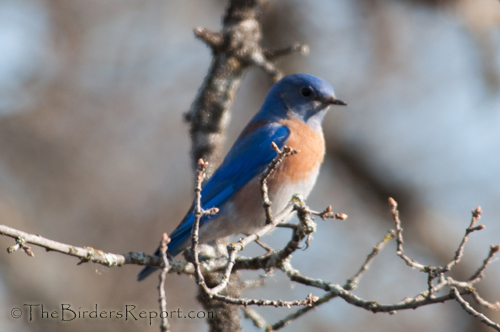 Bluebirds House Hunting At Lema Ranch Bluebird Trail photos by Larry Jordan
Bluebirds House Hunting At Lema Ranch Bluebird Trail photos by Larry Jordan
We have many excellent birding spots in and around the Redding area. I will be highlighting the best of the best birding hot spots in the Sacramento Valley in an upcoming post but in the meantime, one of the best places for birding in Redding is Lema Ranch.
This nearly 400 acre ranch is actually the headquarters for the McConnell Foundation, a philanthropic organization “working in partnership to help build better communities.” There are over eight miles of walking trails open to the public on this property located on Shasta View Drive, between highway 44 and highway 299, East of Redding (see maps).
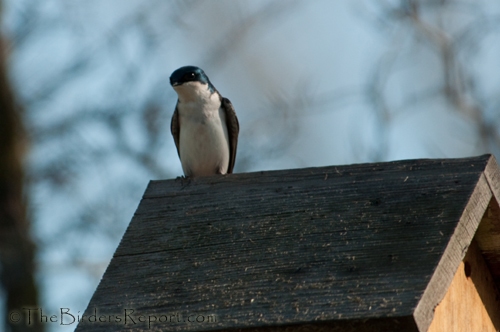
I observed several bird species at Lema Ranch just a few days ago while checking on my first public bluebird trail which is located here. When our local Audubon group holds bird walks here, we typically observe 50 species or more due to the varied oak savannah, riparian and wetland habitats. In the winter and spring you can sometimes spot river otters on Lema Pond too.
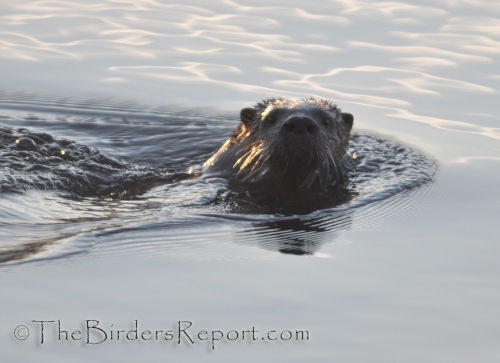
After checking on my bluebird trail, with one pair of Western Bluebirds and two Tree Swallows staking claims to their new homes, I took a short walk to see what other avian fauna was about. The first busy bodies I noticed after the Yellow-rumped Warblers were the Acorn Woodpeckers, flying from treetop to treetop.
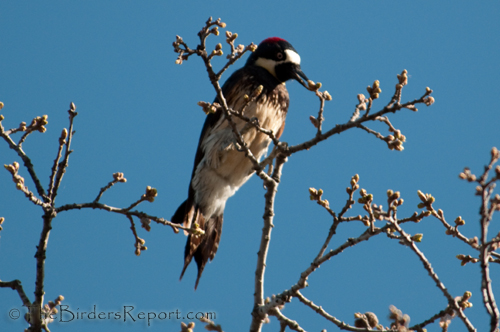
Then, I discovered something even better. A pair of White-breasted Nuthatches were busy building their nest. I watched for quite a while as they were taking turns bringing in fairly large sticks and attempting to fit them through a fairly small hole in a large oak tree (more about these guys later).
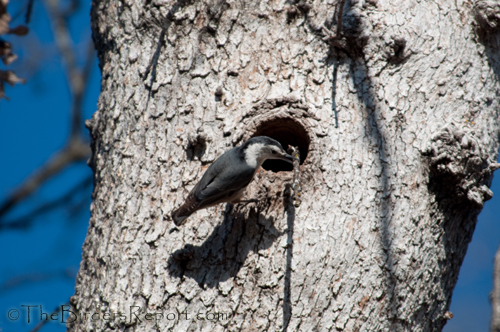
From there I headed over to Secluded Pond where we sometimes see American Bitterns but this day it was a pair of Mallards looking as if they were ready to begin nesting that took center stage. This is the same spot where just a few weeks ago I was able to witness a female Anna’s Hummingbird collecting cattail down for her nest (captured nicely by my friend Frank Kratofil)!
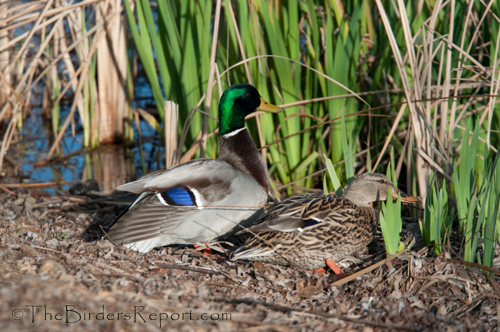
So off to Hidden Pond where several Red-winged Blackbirds hang out in the reeds and American Coots gather on the water, usually with Canada Geese, Ring-necked Ducks and other assorted waterfowl. One of my favorite is the Pied-billed Grebe. I love the way they sink like submarines into the water, then come back up, who knows where!
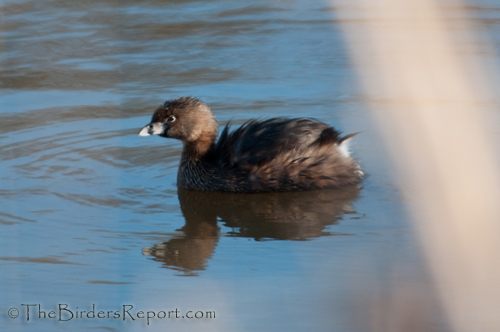
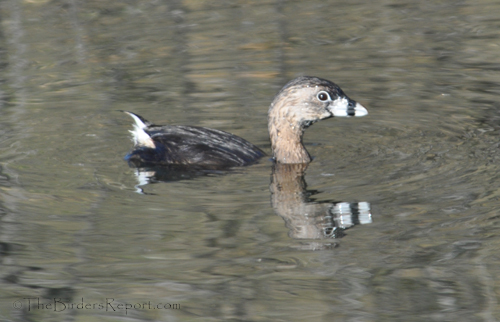
This Canvasback was spotted on the west end of Lema Pond, the largest pond on the ranch. I have also seen Green Heron, Great Egret and Great Blue Heron here.
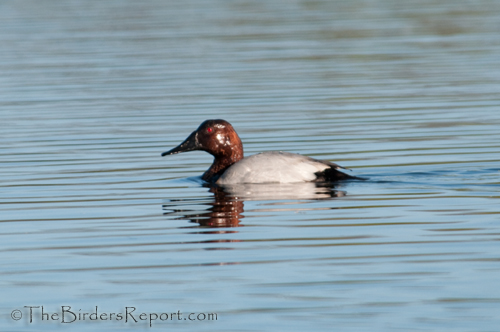
I made my way around Lema Pond toward Leah’s Pond where I saw many more water birds including American Widgeon playing with more Ring-necked Ducks and some Canada Geese.
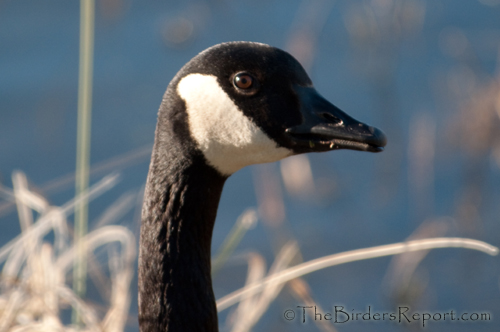
Not having much time, I skipped the longer trail that goes by Mule Pond, were a resident Merlin can be seen, and headed back to my car. I spotted several more species on the way back to the parking lot including a large number of American Robins, a few American Crows, White-crowned Sparrows and this Killdeer.
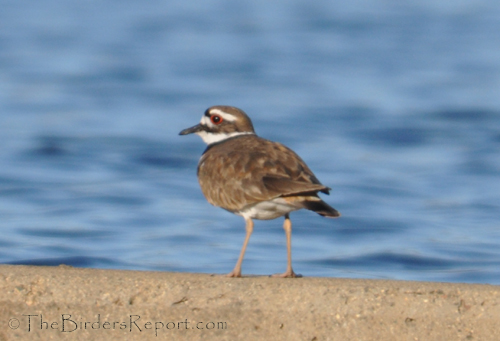
As I bid good day to Lema Ranch, I got one last surprise as I spotted a group of White-fronted Geese near the exit. What a nice walk, on a beautiful day, in an excellent birding hot spot in Redding California.
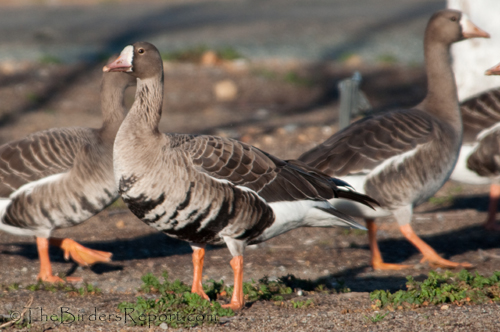
As I said, we have many great birding places in this area. Come back for more tips on birding hot spots in the Sacramento Valley and if you are in the area, or thinking of visiting, drop me an email and I’ll be happy to show you around. Happy Birding!

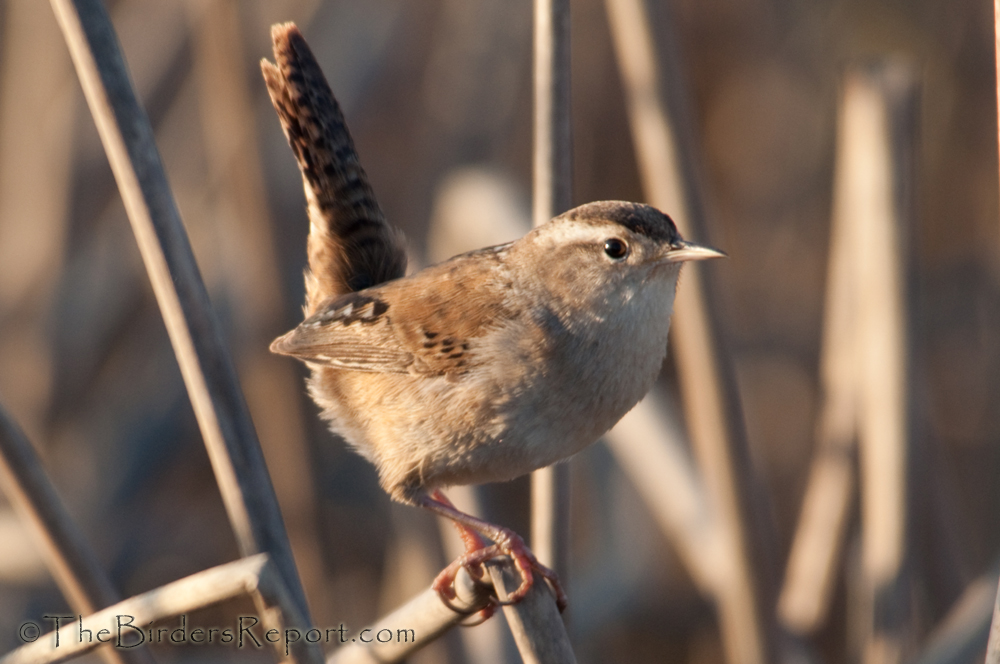 Marsh Wren photo by Larry Jordan
Marsh Wren photo by Larry Jordan











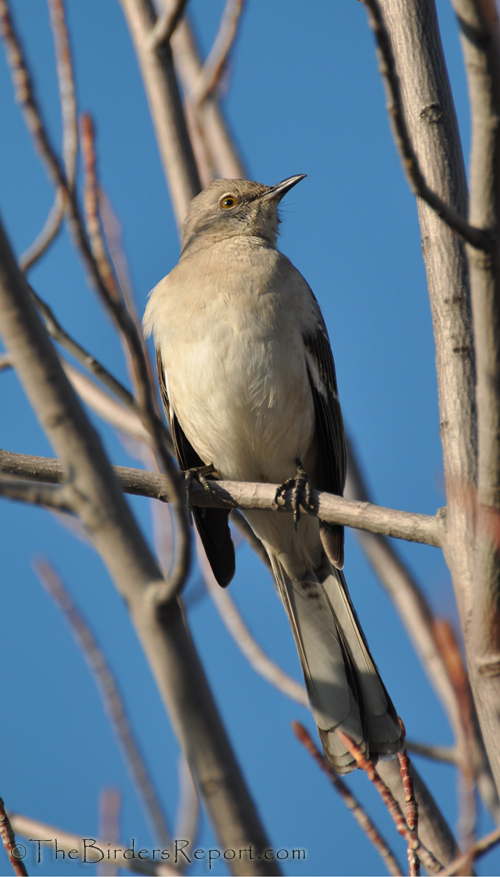 Northern Mockingbird photo by Larry Jordan
Northern Mockingbird photo by Larry Jordan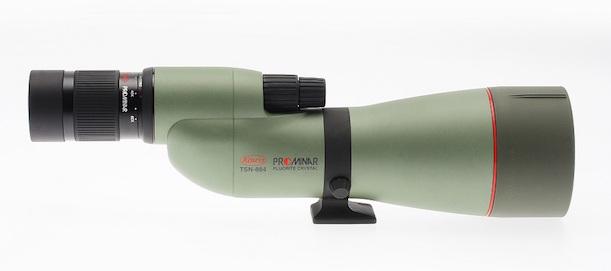


Social Media Connect